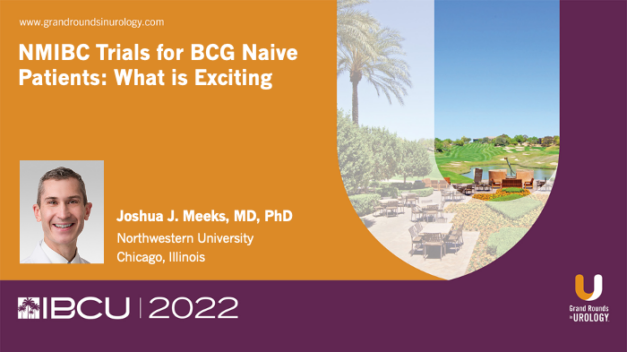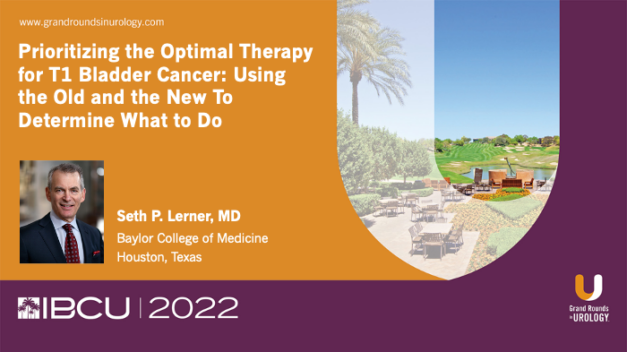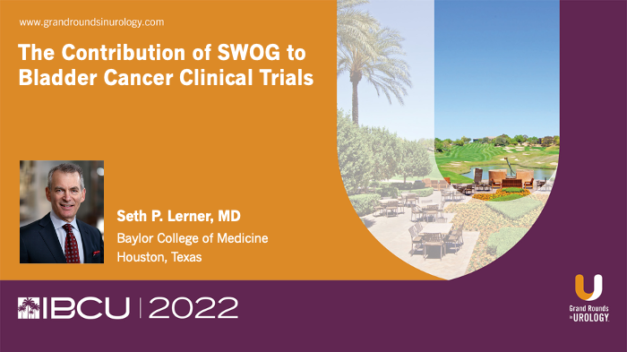NMIBC Trials for BCG Naive Patients: What is Exciting
Joshua J. Meeks, MD, PhD, Associate Professor of Urology, Biochemistry and Molecular Genetics at the Northwestern University Feinberg School of Medicine in Chicago, IL, provides insights into the latest advancements in bladder cancer research. He highlights the potential of large-scale clinical trials and the role of immunotherapy in shaping future treatment strategies. The North American trial, with a thousand patients, offers numerous opportunities to explore new treatment modalities. Additionally, the Bridge study led by Max Kate examines the efficacy of gemcitabine docetaxel compared to the standard BCG treatment. Despite initial skepticism, the trial presents promising results that may offer an alternative for patients who cannot access BCG. Dr. Meeks emphasizes the importance of identifying the patient population that would benefit most from checkpoint immunotherapy and coordinating care effectively.
He discusses ongoing trials that investigate the synergy between immunotherapy and BCG, the possibility of using less BCG, and the introduction of a Sub-Q delivery system. The Sunrise trials, TAR 200, and the Danish study DaBlaCa all hold potential in improving treatment outcomes for bladder cancer patients. Dr. Meeks concludes by highlighting the transformative impact of the Terra system, a device that delivers gemcitabine consistently and may revolutionize bladder cancer treatment. Overall, this comprehensive summary underscores the significant advancements and future prospects in bladder cancer research.
Read More









